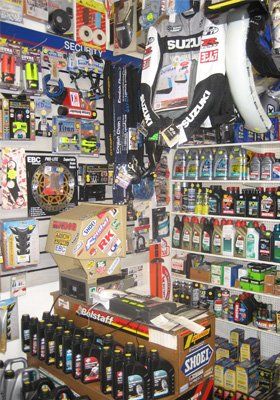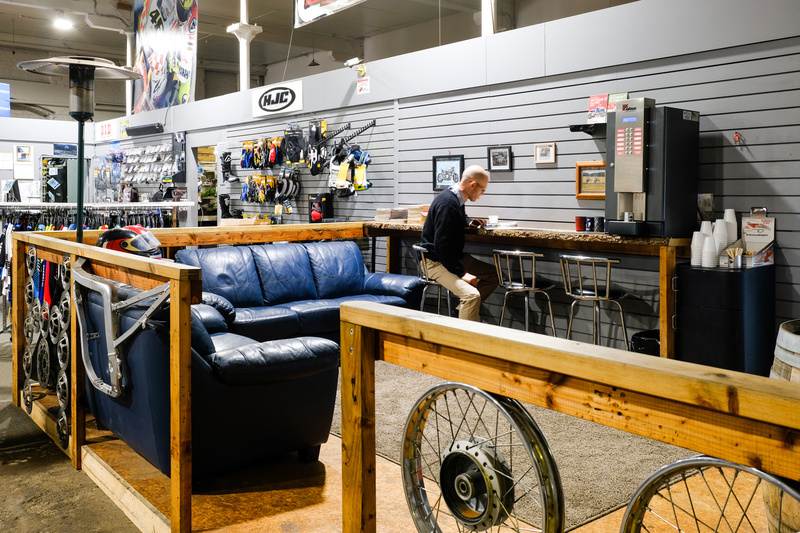Understanding Motorbike Gears: How to Optimize Your Riding Experience
In the world of motorcycling, grasping the art of gear adjustment is critical for boosting your riding efficiency. Correctly understanding and making use of bike gears can significantly influence control, gas, and acceleration performance, transforming an ordinary experience into a smooth, exhilarating trip. By incorporating specific shift timing and adjusting gear choice to various roadway problems, motorcyclists can ensure ideal engine efficiency and security. The subtleties of clutch control, throttle coordination, and equipment mechanics beckon a much deeper exploration, guaranteeing to open the full capacity of your equipment. How can these strategies be harnessed to genuinely maximize your riding experience?
Comprehending Equipment Mechanics
Exactly how do the ins and outs of gear auto mechanics influence motorcycle performance? At the core of motorcycle characteristics, equipment technicians play an essential function in converting engine power into motion, ultimately determining rate and control. Gears, thoroughly crafted elements, allow riders to optimize torque and rate, making certain a smooth shift through various surfaces and speeds. The gear proportions, very carefully created, identify the relationship in between engine changes and wheel turns, affecting acceleration and gas effectiveness.
Understanding equipment auto mechanics starts with acknowledging the significance of the transmission, which houses multiple equipments of varying dimensions. These gears engage through a procedure referred to as meshing, where teeth of various gears involve to transmit power. The precision of this communication is vital; any imbalance or damage can cause ineffective power transfer, impeding efficiency. Furthermore, the setup and size of gears affect the motorcycle's ability to handle different lots and speeds.
In addition, the concept of gear moving is integral to making best use of performance. Prompt and smooth changes make certain that the engine operates within its optimal power band, avoiding unneeded pressure and boosting longevity (motorcycle parts nz). By comprehending these mechanical ins and outs, motorcyclists can attain an unified mix of power, control, and performance, elevating their riding experience
Timing Your Changes
Change timing proficiency is essential for optimizing motorcycle efficiency and boosting the riding experience. Effectively timed changes make certain that the engine runs within its ideal power band, which is vital for preserving control, accomplishing smooth acceleration, and guaranteeing the longevity of the motorcycle. Cyclists have to create an user-friendly sense of when to shift equipments, which entails comprehending the connection between engine revolutions per min (RPM) and speed.
To master change timing, pay very close attention to the engine's noise and feel, as these provide essential hints about when to change equipments. The excellent change point typically takes place when the engine approaches the upper series of its power band without getting to the redline. Changing prematurely can lead to an absence of power, while shifting far too late may cause unneeded engine strain
Furthermore, road problems and riding design influence change timing. In city settings, smoother and a lot more frequent shifts might be necessary to browse traffic effectively. In comparison, during freeway riding, less shifts at higher rates can be better. Practicing in varied settings will improve your capability to time changes precisely, eventually boosting your riding experience to a professional degree.
Enhancing Fuel Efficiency
While grasping motorbike equipments is essential for performance, improving gas performance is just as important for both ecological and financial factors. Optimum fuel intake not only minimizes functional prices yet additionally minimizes the ecological footprint of riding. To achieve this, one should comprehend the complex relationship between gear option and engine efficiency.
To start with, picking the right equipment at appropriate rates can considerably affect gas consumption. Riding in a greater gear at lower rates can bring about engine carrying, which is detrimental to both gas economic situation and engine wellness. Alternatively, riding in lower gears at high rates results in unnecessary fuel intake. Hence, preserving an optimal equilibrium by moving gears abreast with road conditions and prepared for maneuvers is crucial.
Furthermore, regular upkeep plays an essential role in gas performance. Guaranteeing that the motorcycle is well-tuned, with tidy air filters and correctly inflated tires, can minimize and enhance the rules of aerodynamics fuel wastefulness. Moreover, adopting a riding design that embraces steady acceleration and smooth slowdown can contribute to far better fuel economic situation.

Strategies for Smooth Transitions
Accomplishing smooth equipment transitions is basic to enhancing the riding experience and making sure the longevity of a motorbike's transmission system. Correct gear moving not just adds to a seamless adventure but likewise decreases wear and tear on the mechanical elements. To grasp the art of smooth changes, cyclists should concentrate on a couple of key methods.

Secondly, clutch control plays an essential function. Involving and disengaging the clutch efficiently calls for technique. The clutch bar need to be launched slowly, permitting a smooth transfer of power from the engine to the wheels without creating a jolt or sudden motion.

Adapting to Roadway Problems
Navigating diverse roadway problems is a vital skill for any motorcyclist intending to preserve control and security. Whether you're riding on wet surface link areas, crushed rock roads, or browsing doglegs, your ability to adjust your equipment usage and riding technique is extremely important. Comprehending how to readjust your equipments appropriately can significantly influence traction and security, making sure a safer trip.
In contrast, bike riding jackets low price when riding on crushed rock or uneven surface, reduced gears are more effective. Lower gears give better control and permit you to react more promptly to unexpected modifications in the roadway surface.
Sharp curves require precise gear administration to stabilize speed and control. Downshifting prior to getting in a curve can assist keep momentum while guaranteeing the bike remains stable throughout the turn. Constant technique in varied conditions improves your capacity to react and forecast to adjustments in road structure and slope.
Verdict
Mastering motorbike equipments dramatically boosts the riding experience by improving control, acceleration, and fuel performance. A thorough understanding of gear auto mechanics and specific change timing ensures the engine runs within its optimum power band, while smooth changes via reliable clutch and throttle coordination rise convenience and efficiency. Adjusting equipment choice to different road conditions, such as using higher equipments on damp surface areas and reduced gears on gravel, further enhances handling and safety and security. Inevitably, these abilities boost he said the general journey.
Comprehending gear technicians starts with recognizing the significance of the transmission, which houses several equipments of differing sizes. These equipments communicate through a procedure known as meshing, where teeth of various gears involve to transfer power (motorcycle shop). Mild adjustments to the throttle throughout gear changes can avoid jerky activities and preserve a regular riding speed
Whether you're riding on damp surfaces, crushed rock roads, or browsing sharp turns, your ability to adjust your equipment usage and riding strategy is critical. Adjusting gear choice to various road problems, such as using greater equipments on wet surface areas and lower gears on crushed rock, further improves handling and safety and security.